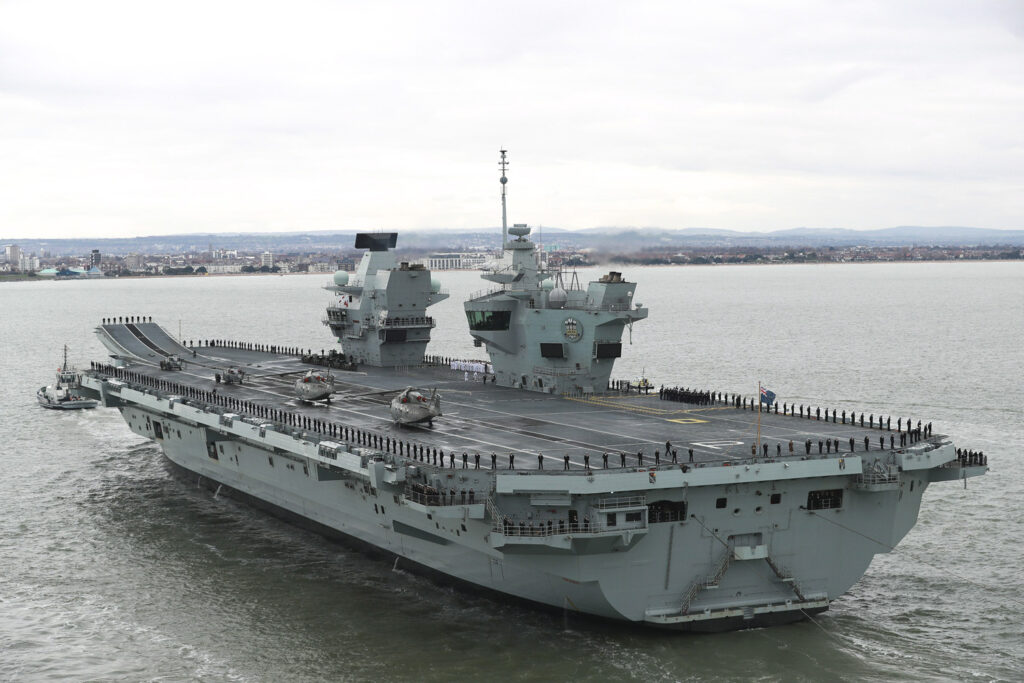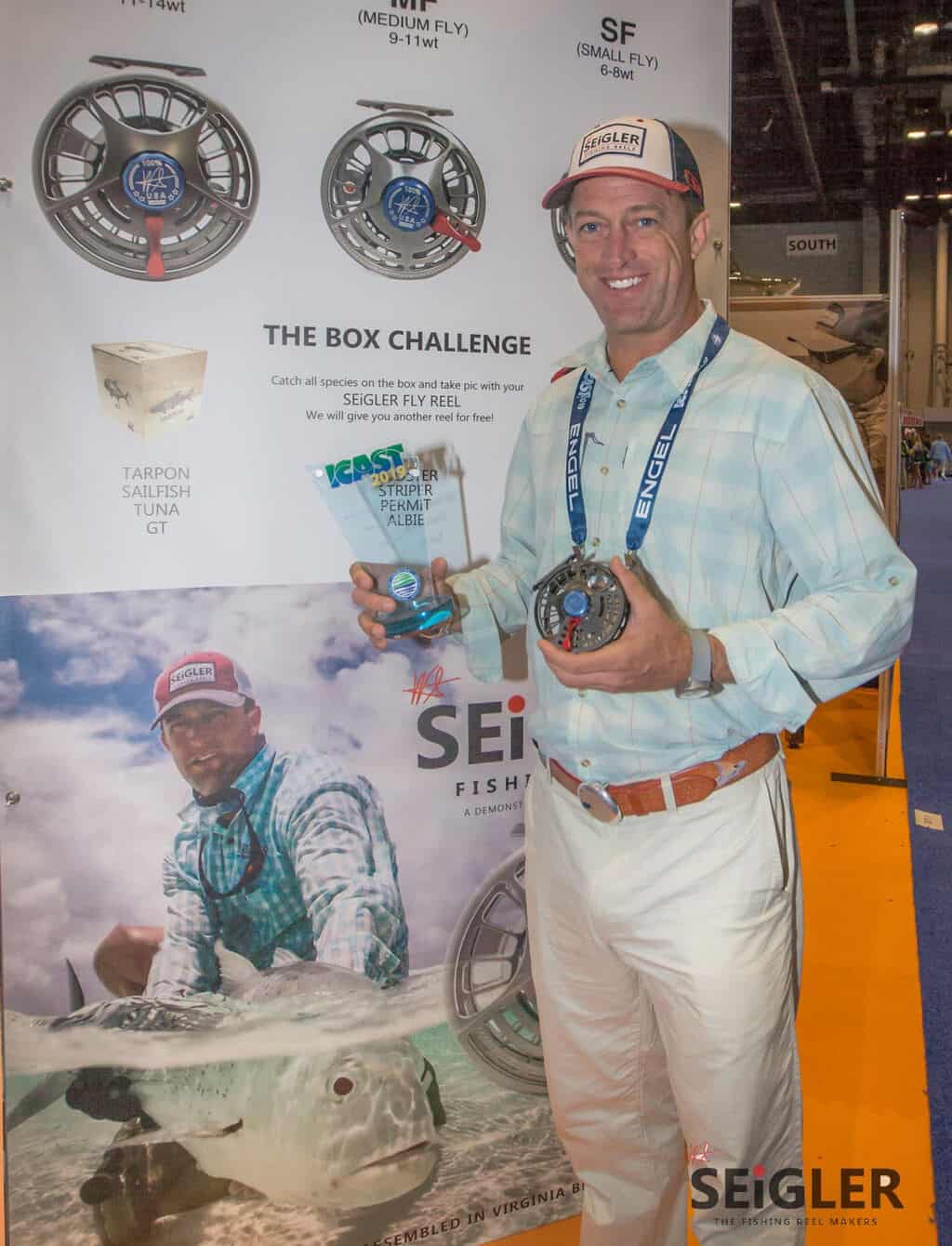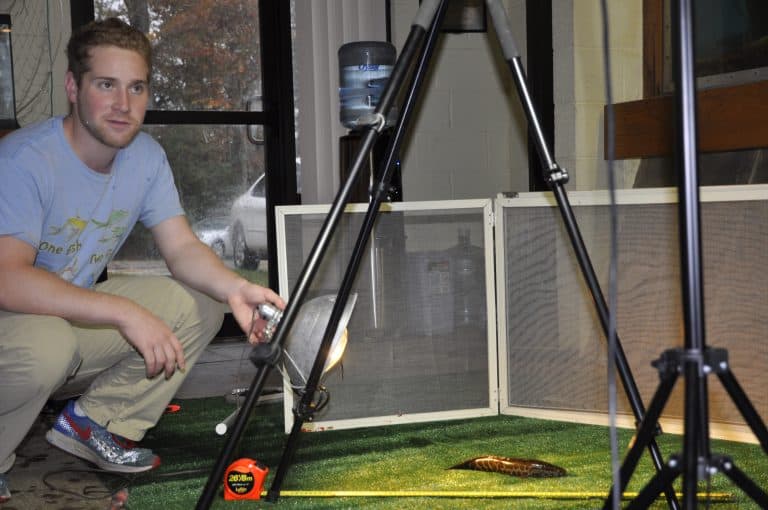Anyone with a view of Hampton Roads harbor might notice something a little different in the near future. Britain’s HMS Prince of Wales (no, not the one who married Kate Middleton; we mean the British aircraft carrier!) will be based at Naval Station Norfolk for the next few months. The U.K.’s carrier will come in and out of Norfolk as it carries out joint exercises with the U.S. Navy.
The ship is the largest in the British fleet, though it is smaller than the American Nimitz and Ford class carriers that are often visible in the area. It’s also light blue compared to our gray aircraft carriers. Ford class carriers are 337 meters longs, and the Prince of Wales is 280. The Prince of Wales is easy to spot because of its pair of islands. Islands are the superstructure on an otherwise flat carrier deck. In addition to the two islands, the Prince of Wales has a very noticeable “ski jump” on the bow. This up-turned aircraft launch caters to Short Take-Off and Vertical Landing (STOVL) aircraft.
The Prince of Wales is designed exclusively for STOVL aircraft. It does not have a catapult or arrestor gear for landing traditional aircraft It will be hosting Merlin helicopters, MV-22 Ospreys (while visiting the U.S.), and the F35B fighter. The Lockheed Martin F35B is a stealth fighter that can direct its thrust down, allowing for a short takeoffs and landings.
According to the Royal Navy, “We see these ships as maritime platforms, adaptable and powerful, ready to deliver carrier strike missions, enforce no-fly zones, deploy Royal Marine Commandos, deliver humanitarian aid, and build international partnerships.”
Interestingly, the ship is powered by Rolls Royce gas turbine engines, making it different from U.S. Navy carriers. Our carriers are nuclear powered and only need refueling about every 10 years.
The British ship is also optimized for drone use. The Royal Navy is testing Mojave drones, which can carry supplies as well as surveillance equipment and weapons. The Mojave drone has just completed supply flight testing. This use will allow supplies to be delivered to the ship on a regular basis, without the Navy having to deploy manned aircraft.
While on the East Coast, the Prince of Wales will be working jointly with U.S. forces. The British carrier intends to practice takeoffs and landings in the rough waters of the western Atlantic during our windy fall weather that can even include hurricanes. On October 6, British personnel flew the MV-22 Osprey, a tilt-motor aircraft, successfully from the deck of the warship. Ospreys can fly faster, higher, and longer than British Merlin helicopters.
The Royal Navy is posting frequent updates of the ship’s visit to the U.S. You can follow along here.
-Kendall Osborne




